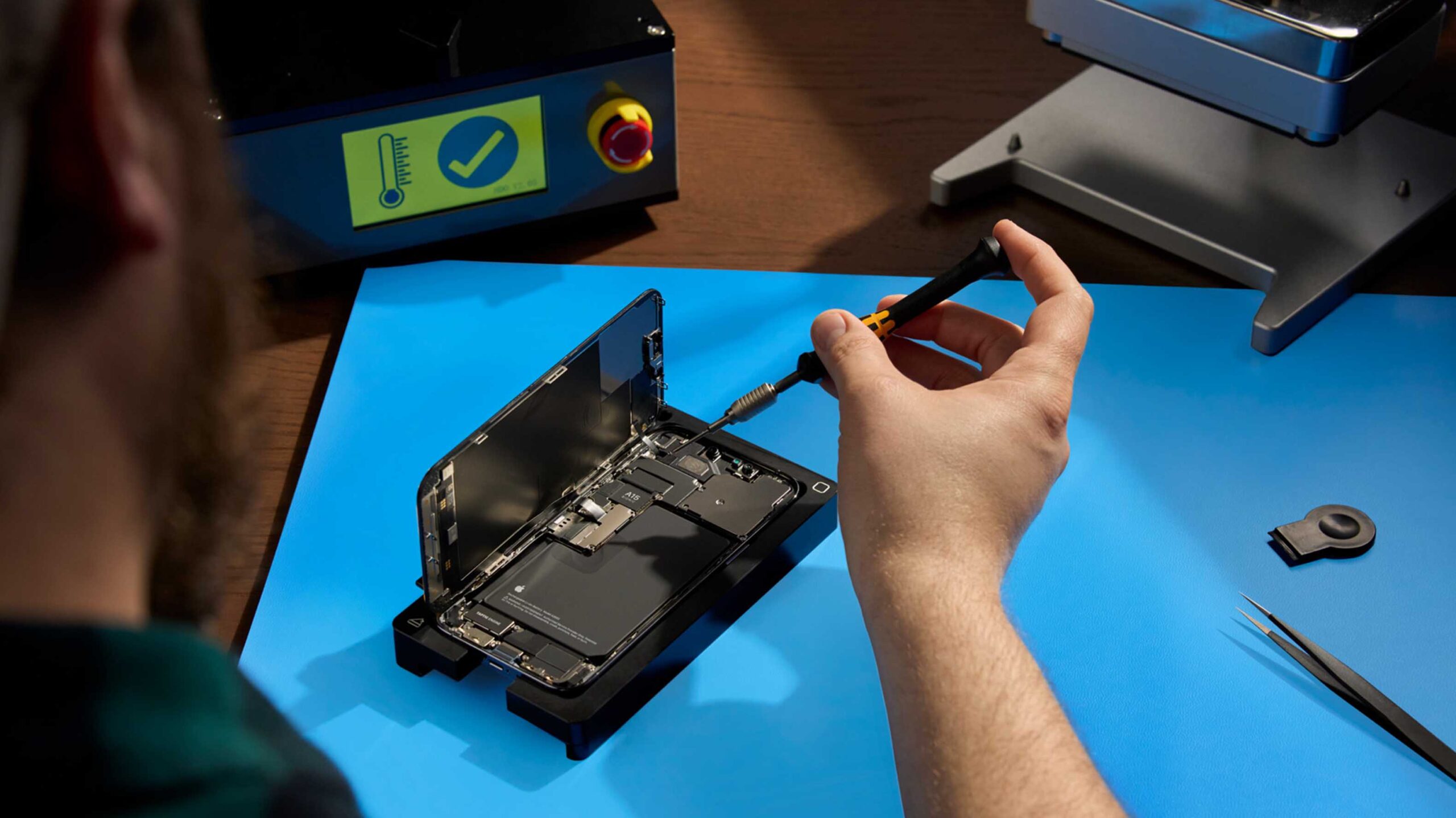Apple has announced that its self-service repair program will be making its way to Canada in early 2025. This program, already available in the U.S. and 33 other countries, allows customers to purchase replacement parts for their iPhones and rent the necessary tools to install them. This expansion is exciting news for tech-savvy Canadians who prefer to take matters into their own hands when it comes to repairing their devices.
In addition to the self-service repair program, Apple is making some significant changes to its repair policies. One important update is the revision of rules regarding third-party parts. For example, Apple will now allow users to enable True Tone on third-party displays, a feature that was previously restricted to Apple Genuine parts. While the compatibility of third-party displays with this feature remains to be seen, the shift in policy is a positive step towards increased repair flexibility.
The company has also shed light on its parts pairing process, which has previously come under scrutiny for its restrictions on certain repairs involving third-party parts. While Face ID and Touch ID repairs must still be conducted using Apple parts, users can now use third-party components for tasks such as screen or battery replacement. This balance between security and repairability aims to provide customers with more options while maintaining stringent quality standards.
Furthermore, Apple is set to launch a program later this year that will help identify if a part from a stolen device is used in a repair. By automatically pairing each part with a unique identifier, the system can detect if a replaced component originated from a device marked as lost in Find My. This enhanced security feature not only safeguards against unauthorized repairs but also tracks the repair history of each device over its lifetime.
The white paper released by Apple also includes interesting statistics related to repairs and device longevity. It highlights the decreasing rates of out-of-warranty and accidental damage repairs over the years, as well as the impact of design improvements on repair costs. The report also emphasizes Apple's commitment to safety, citing a study that found a high percentage of third-party batteries failing safety tests compared to Apple's rigorously tested batteries.
Overall, Apple's upcoming self-service repair program and policy changes indicate a continued focus on providing customers with more options and transparency when it comes to repairing their devices. As the company gears up to introduce these initiatives in Canada in 2025, tech enthusiasts and Apple users can look forward to a more accessible and sustainable approach to device repair.





